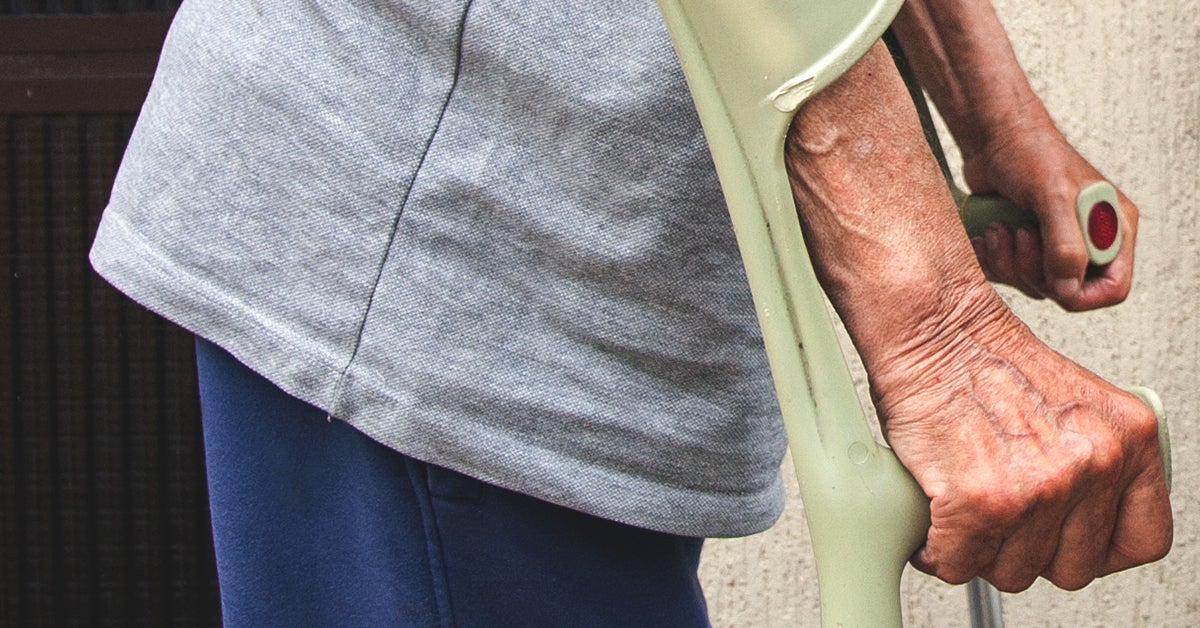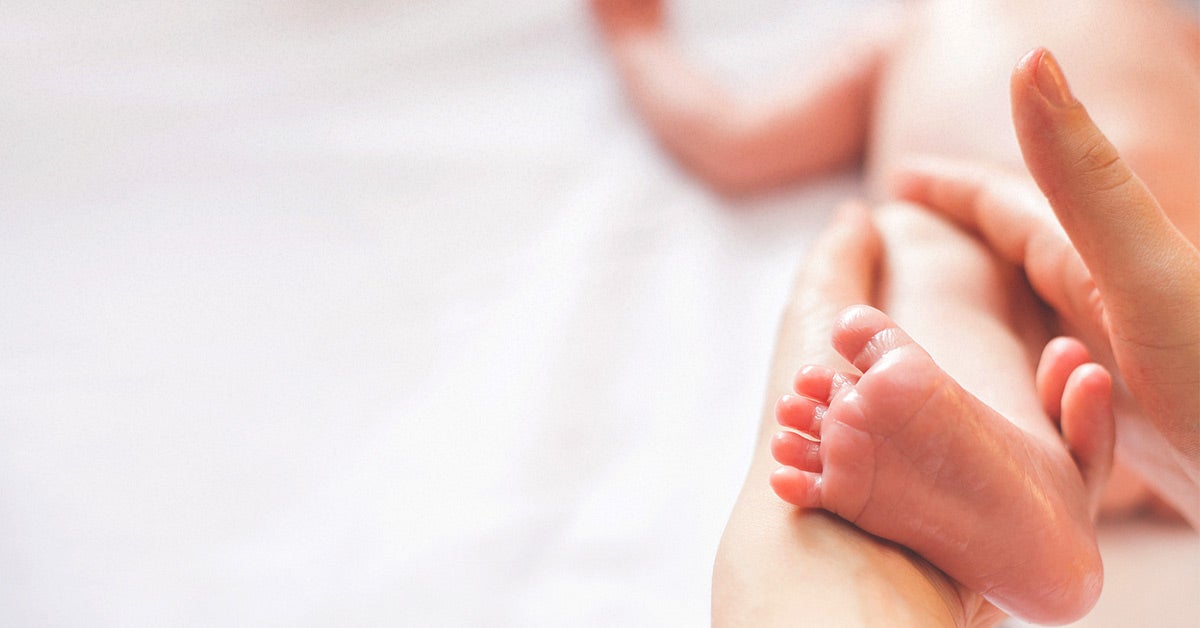Hard Lump Under Skin: 8 Causes and How They're Treated
Lumps, bumps, or growths under your skin aren't uncommon. It's completely normal to have one or more of these throughout your life.
A lump can form under your skin for many reasons. Often, lumps are benign (harmless). Specific traits of the lump can sometimes tell you more about possible causes and whether you should have the lump checked out by your healthcare provider.
Read on to learn more about common causes of hard lumps under your skin and when it's a good idea to have it checked out.
An epidermoid cysts are small, round lumps under your skin. They usually develop when shed skin cells move into your skin instead of falling off. Epidermoid cysts can also form when hair follicles become irritated or damaged, due to a buildup of keratin.
Epidermoid cysts:
- grow slowly
- may not go away for years
- may have a small blackhead in the center of the bump
- can leak yellow, foul-smelling discharge (keratin)
- are usually painless but can become red and tender if infected
They're also twice as common in men and usually don't develop before puberty.
You can find these cysts anywhere on your body, but you'll most often see them on your face, neck, or torso.
treatmentEpidermoid cysts generally don't require any treatment. But there's a small chance they could become cancerous. Keep an eye on it and let your doctor know if you see any changes in its size or appearance.
If the appearance bothers you or the cyst becomes painful, make an appointment with your healthcare provider. They can usually drain the cyst with a quick, in-office procedure. If that doesn't work, or the cyst returns, they can surgically remove the entire cyst.
Lipomas develop when fatty tissue grows under your skin, forming a bulge. They're common and usually harmless. No one's sure about the exact cause of lipomas, but they might be a result of trauma to a certain area.
In addition, multiple lipomas can sometimes be a symptom of an underlying genetic condition, such as Gardner's syndrome. Still, it's not uncommon to have more than one lipoma without any underlying condition.
Lipomas:
- are typically no more than about 5 centimeters (cm) across
- often form in adults between the ages of 40 and 60 but can develop in people of all ages, including infants
- are rarely painful
- grow slowly
- feel rubbery
- may seem to move when you touch them
They can appear on any part of your body, but they most often appear on your shoulders, neck, torso, or in your armpits.
treatmentLipomas generally don't require any medical treatment. But if you don't like the way it looks, or it becomes painful or very large, make an appointment with your healthcare provider. They can surgically remove the lipoma.
A dermatofibroma is a small, hard bump that grows under your skin. This skin lump is harmless, but it might itch or hurt at times.
Though it's not clear what causes them, some people report having had splinters, insect bites, or other minor trauma at the spot where they develop.
Dermatofibromas:
- range from dark pink to brown in color, though their color may change over time
- have a firm, rubbery feeling
- are more common in women
- tend to be no bigger than 1 cm across
- grow slowly
You can develop dermatofibromas anywhere, but they appear most often on the lower legs and upper arms.
treatmentDermatofibromas are harmless and don't require treatment. Still, if their appearance bothers your or you start noticing pain or itching, your healthcare provider can surgically remove it.
Just keep in mind that full removal might leave some scarring. If you opt to only remove the top part, there's a good chance the lump will return over time.
A Keratoacanthoma (KA) is a small skin tumor that grows out of your skin cells. This type of lump is fairly common. Experts aren't certain what causes it, but sun exposure may play a part because KA is more common in high-exposure areas, like your hands or face.
KA may look like a pimple at first but will grow larger over a period of several weeks. The center of the lump can burst, leaving a crater.
These lumps:
- may itch or feel painful
- can grow up to 3 cm in just a few weeks
- have a core of keratin that may look like a horn or scale in the center of the bump
- are more common in light-skinned people and older adults
- are usually round, firm, and pink or flesh-colored
They tend often grow on skin that's been exposed to sun, such as your face, hands, and arms.
treatmentWhile KA is harmless, it's very similar in appearance to squamous cell carcinoma, so it's best to have it looked at by a healthcare provider.
The lump usually heals on its own over time without any treatment, but medication and surgery can both help to remove KA.
A skin abscess is a round, pus-filled lump that develops when bacteria gets underneath your skin's surface. This can happen in hair follicles or open cuts and wounds.
Your body reacts to the bacteria by sending white blood cells to the infection site. As tissue around the area dies, a hole forms. Pus, made up of white blood cells, bacteria, and dead skin and tissue, fill the hole, causing an abscess.
Abscesses:
- have a firm membrane surrounding them
- feel squishy due to pus
- are painful
- may be surrounded by red or inflamed skin
- may feel warm to the touch
- may leak pus from a central pinprick opening
Skin abscesses can develop anywhere on your body.
treatmentSmall, minor abscesses usually go away on their own within a few weeks. But if you have a fever or if your abscess gets larger, feels very painful, or is surrounded by skin that's warm or red, see your healthcare provider right away.
Never attempt to pick at or drain a skin abscess. This can deepen the infection and allow it to spread.
Lymph nodes or lymph glands are small groups of cells located in various parts of the body. Part of their job is to trap bacteria and viruses and break them down.
Your lymph nodes are usually pea-sized, but exposure to bacteria or a virus can make them swell.
Some common reasons lymph nodes may swell include:
- bacterial infections, such as mono, strep throat
- viral infections, including the common cold
- tooth abscesses
- cellulitis or other skin infections
- immune system disorders
You might notice swelling at one or more sites, including:
- under your chin
- in your groin
- on either side of your neck
- in your armpits
treatmentLymph nodes should return to their usual size once the underlying cause is addressed. Sometimes, this just means waiting out an illness. But if you're not sure what's causing your swollen lymph nodes, make an appointment with your healthcare provider.
Seek immediate medical care if you have swollen lymph nodes that interfere with swallowing and breathing or are accompanied by a fever of 104°F (40°C).
A hernia is a lump that develops when part of your body, such as one of your organs, pushes through surrounding tissue. They're generally caused by strain to the abdomen and groin. They may also result from muscle weakness associated with aging.
There are several types of hernias. They typically appear in the abdominal area, below your chest and above your hips.
Signs of a hernia include:
- a bulge you can push in
- pain when you strain the area by coughing, laughing, or lifting something heavy
- a burning sensation
- a dull ache
- sensation of fullness or heaviness at the hernia site
treatmentUnlike many other causes of lumps and bumps, hernias usually require medical treatment. They may not pose a threat in most cases, but they can lead to complications if left untreated.
Seek immediate treatment if you can't push the hernia back in, it turns red or purple, or you experience the following symptoms:
- constipation
- fever
- nausea
- intense pain
A ganglion cyst is a small, round, fluid-filled lump that grows under the surface of the skin, usually on your hands. The cyst sits on a small stalk that may seem movable.
It's not clear what causes ganglion cysts. Irritation to your joints and tendons may play a part.
Ganglion cysts:
- are often painless but can cause tingling, numbness, or pain if they press on a nerve
- can grow slowly or quickly
- appear most often in people between the ages of 20 and 40 and women
- are usually smaller than 2.5 cm across
These cysts most often develop on wrist joints and tendons, but they can also develop on your palm or fingers
TreatmentGanglion cysts often disappear without treatment and are unlikely to cause any issues. But if it starts to hurt or makes certain activities difficult, you may want to have the cyst drained.
Click through the gallery below to see pictures of the conditions mentioned in this article.
Lumps under the skin are very common and can have a range of causes. In many cases, they go away without treatment.
It's not always possible to tell exactly what caused a lump. If you notice one, keep an eye on it. In general, soft, movable lumps are harmless and will likely improve with time.
Generally, it's a good idea to see your healthcare provider if you notice:
- redness, swelling, or pain
- pus or other fluid leaking from the lump
- tenderness or swelling in the surrounding area
- changes in color, shape, size, especially rapid or steady growth
- high fever
- a lump that's more than 10 cm across
- hard or painless lumps that appear suddenly
-
 6 interesting genetic traits that children will inherit from their parents
6 interesting genetic traits that children will inherit from their parents
-
 7 effects of asparagus on child development
7 effects of asparagus on child development
-
 Does cutting blood hair for babies bring good luck?
Does cutting blood hair for babies bring good luck?
-
 The more babies eat, the higher the height they develop, especially the second kind
The more babies eat, the higher the height they develop, especially the second kind
-
 Children with chicken pox should eat to quickly recover from the disease, without leaving a deep scar?
Children with chicken pox should eat to quickly recover from the disease, without leaving a deep scar?
-
 The more food is cooked, the better it can be for health, especially the second type
The more food is cooked, the better it can be for health, especially the second type
-
 Magnesium and Diabetes: How It Can Help, Sources, Risks & Benefits
Magnesium and Diabetes: How It Can Help, Sources, Risks & Benefits
-
 Anterior Hip Replacement: Benefits, Risks, Outlook & What to Expect
Anterior Hip Replacement: Benefits, Risks, Outlook & What to Expect
-
 Do Babies Have Kneecaps and When Do Kneecaps Form?
Do Babies Have Kneecaps and When Do Kneecaps Form?
-
 5 Incredibly Accurate Ways 'Us' Depicts Unraveling Trauma
5 Incredibly Accurate Ways 'Us' Depicts Unraveling Trauma
-
 Healthy High-Protein Egg and Grain Bowl Recipe
Healthy High-Protein Egg and Grain Bowl Recipe
-
 Healthy Omelet Recipe with Sweet Potato and Avocado
Healthy Omelet Recipe with Sweet Potato and Avocado































